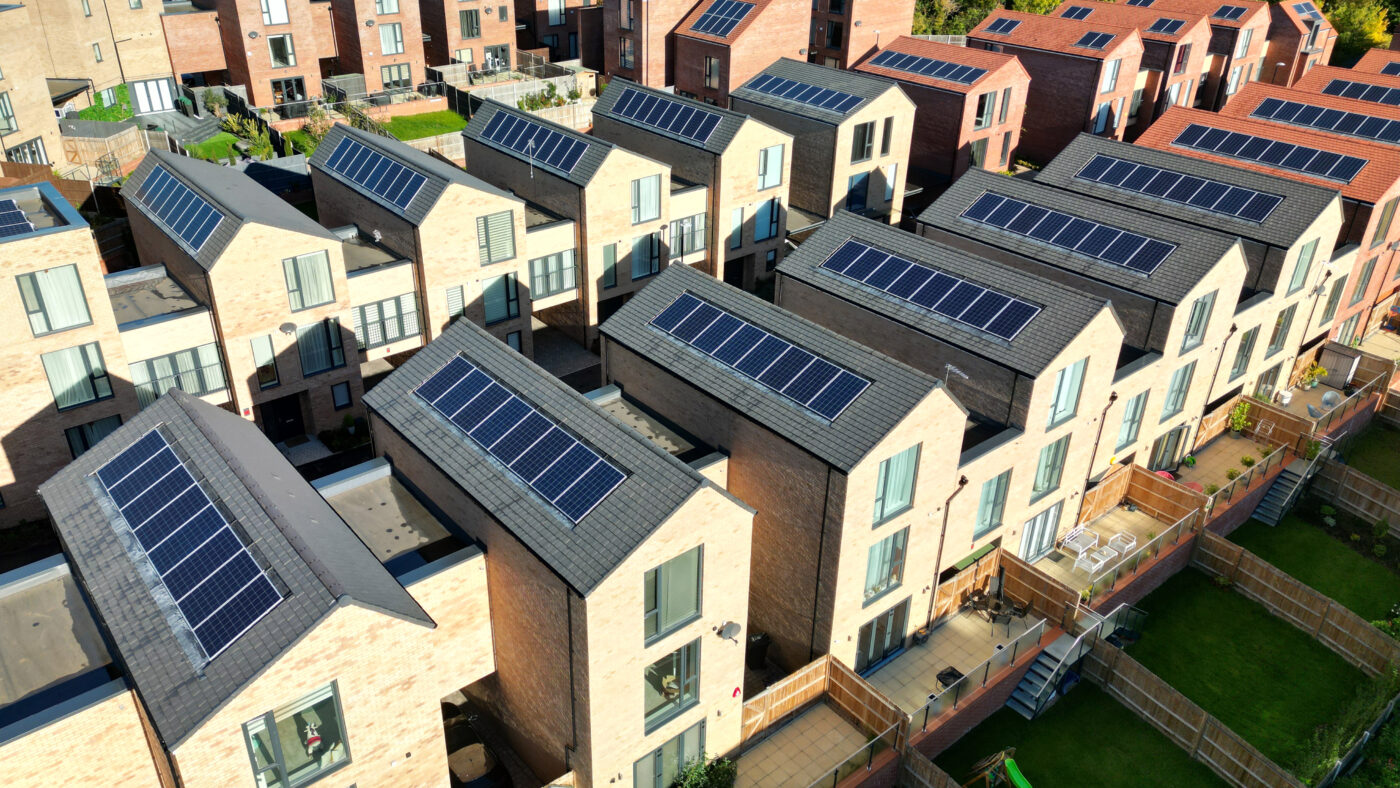The irritating thing about holding a position which can be summed up as ‘I support Net Zero, but…’ is that many people assume that you don’t actually support it. It isn’t an unreasonable assumption, even when it’s wrong. ‘Nothing before the ‘but’ counts’ is not a journalistic maxim for nothing.
But it is perfectly possible to support, even enthusiastically, the objective of a carbon-neutral British economy and be deeply sceptical of the current Net Zero agenda – because there is more than one way to do Net Zero. The one I support we might call the abundance approach:
‘Net Zero ought to be a liberating prospect. Clean energy is also guilt-free energy; once we’ve made the switch, we will be free to push for hugely increased generation – what scientist and author John Storrs Hall dubbed ‘electricity too cheap to meter’.
Yet this optimistic vision is not what Net Zero tends to mean in practice. It depends on actually building things: first, the energy generation and transmission infrastructure to clean the grid, and then the factories and laboratories that would be needed by the industrial revolution that transformation could unleash.
That work is not being done. Indeed, nor even is the work necessary to transfer our existing economy to clean energy. The National Grid will not be ready for a full switchover, for example, let alone for the additional demand that would arise from shifting all the power currently expended on cars and domestic heating and cooking onto it.
All this poses a problem for the politicians, because however well Net Zero polls in the abstract, the electorate for declining living standards is miniscule. To date, it has manifested mostly only where it can be foisted on less electorally powerful groups, such as first-time buyers, who face rabbit-hutch windows and even water rationing (in a country as wet as ours!).
That won’t be enough, though. Eventually, the costs of decarbonising the economy without building anything are going to fall on all of us – because the only way to do it is to take a literal step backwards as a civilisation.
Understandably, politicians shy away from that conclusion. But research appears increasingly to suggest that the hoped-for third way – that we might simply do everything we do now more efficiently – is a bust.
As Ed Conway noted in one of his excellent threads on X, efficiency savings generated by new technology such as LEDs don’t tend to last. In another, Adam Bell finds the same story for household heating. In both cases, the cause is the same: people naturally spend the dividends of efficiency by doing more stuff. Instead of simply shivering through winter for less, people heat their homes more. Given fantastically cheap lighting, they build the Las Vegas Sphere.
Bell describes this as ‘a long tail of poor choices once people become heat rich’. Whilst he clarifies that he does not personally see it that way, it will undoubtedly be the attitude of many technocratic policymakers – the sort of people who time and again prioritise the convenience of the existing system (tiny windows) over the hard work of generating abundance (clean energy).
Yet this mindset is directly opposed to the very stuff of human progress. It is precisely because previous generations used efficiency gains to do more stuff – bigger and faster machines, increased specialisation, leisure spending – that they delivered the huge increases in prosperity and human wellbeing that we enjoy today.
In fact, scientist and author J Storrs Hall, in his excellent book Where Is My Flying Car?, places energy generation at the very foundation of human advancement. He posits the Henry Adams Curve:
‘We have had a very long-term trend in history going back at least to the Newcomen and Savery engines of 300 years ago, a steady trend of about 7% per year growth in usable energy available to our civilization. Let us call it the ‘Henry Adams Curve.’ The optimism and constant improvement of life in the 19th and first half of the 20th centuries can quite readily be seen as predicated on it.’
In the book, Storrs Hall blames our falling off the Henry Adams Curve in the 1970s on the so-called Great Stagnation, and goes into fascinating detail about how the biggest predictor of whether the predictions of futurologists a century ago were borne out or not is whether they were talking about high- or low-energy technology.
Thus, whilst it will doubtless cause some gnashing of teeth amongst the technocrats, the phenomenon described by Conway and Bell is something to celebrate. It would have been a bleak future indeed if we had managed somehow to kill the instincts that drive progress. We would then have undershot even the paltry ambitions Henry Ford (apocryphally) ascribed to consumers of the first cars; at least they still wanted faster horses, not merely horses that were cheaper to keep.
Of course, this would be a poison pill if the result was simply that we slumped into a future of strict resource controls and even tighter technocratic planning. But in democracies, the electoral politics of that seems unlikely ever to stack up.
At some point, therefore, it seems likely that the same logic which has to date seen lower living standards imposed on isolated groups can and will be applied to infrastructure; it will be easier for governments to concentrate disruption in specific places, to build power plants and reservoirs, than to face the political costs of widespread rationing and a sustained fall in living standards.
So three cheers for the Las Vegas Sphere: the doom of the misanthropes and degrowthers is written upon its shining face.
Click here to subscribe to our daily briefing – the best pieces from CapX and across the web.
CapX depends on the generosity of its readers. If you value what we do, please consider making a donation.


